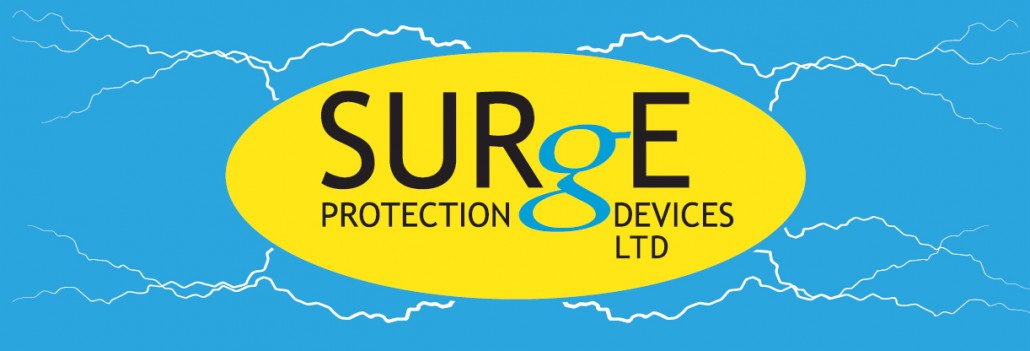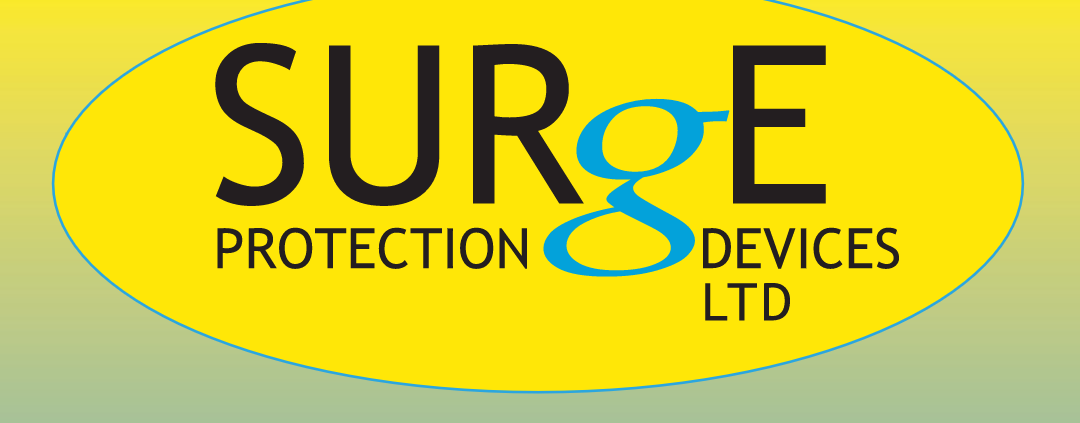Surge Protection & Solar PV Installations
The number of solar PV installations is on the rise, with consumers wanting to reduce energy prices and the industry moving towards more of a prosumer approach to energy use. One of the aspects of PV system design, that is often overlooked, is surge protection.
BS7671:2018 regulation 712.443.101 states that where protection against transient overvoltage is required by section 443, such protection shall also be applied to the DC side of the PV installation. So, if the solar installation as on the roof of a building where the regulations in section 443 require SPD’s to be installed, SPDs would now also need to be installed on the DC side of the installation to protect the inverter.
Some inverters state that they include overvoltage protection. For an incorporated SPD to fulfil the requirements of the wiring regulations, the manufacturer must specify that it is installed on the DC side of the inverter, as this ensures that it is providing protection on the correct side of the inverter. There are quite a few inverters on the market which say they have overvoltage protection included, when in actual fact, it is only providing protection on the AC side of the system. It must also state the type of SPD, the reason it is important for the type of SPD to be mentioned is that once a device is specified as a type it must conform to the product standard BS EN 61643-31 as some manufacturers incorporate individual varistors, which are not considered to be a complete surge protection device.
Another consideration is that the inverter will only ever include a Type 2 surge protection device, so if the building has an external lightning protection system, then the installation will always require the use of external Type 1 SPDs to conform to BS EN 62305.
When a PV system is installed on a building with an external lightning protection system (LPS) the PV system should be separated from all parts of the LPS in accordance with BS EN 62305-3, this is referred to as the separation distance. This is the distance that must be adhered too between the LPS and any metal work to ensure that no dangerous arcing can occur. If the separation distance is not met, then the metal work must be bonded to the LPS, therefore becoming part of the lightning protection system. More information on separation distances can be found in BS EN 62305, but it is important to note that the separation distance depends on different parts of the lightning protection risk assessment carried out for each individual building, and therefore will be included in the LPS paperwork, if available. This calculation should only be carried out by someone with experience in the lightning protection field. If the separation distance is not met and therefore the PV system has become part of the LPS then the SPD required will need to be a Type 1, as mentioned above, this will always be external from the inverter.
From experience, there are not many installations that correctly conform to these separation distances, so as a general rule, if the building has an LPS a Type 1 SPD should be installed on the DC side of the installation. For all other PV systems, a Type 2 SPD will provide adequate protection.
Although the SPDs are still defined as Type 1 and Type 2 devices, they are different to the SPDs we see used on the AC electrical systems and only SPDs that are designed for the specific use on the DC side of a solar PV installation should be used. This is due to the continual loading and higher voltages of PV systems. The devices designed for the use on the DC side of PV systems are clearly marked with the PV symbol, as per the requirements in BS EN 61643-31. Also, they obviously look slightly different, with the live and neutral terminals being replaced by a positive and negative terminal.
Selection of a PV SPD is quite simple. From the above, you should know what type of SPD you need. The only other information needed is the operating capacity of the inverter, which is usually 600V or 1000V. There are some specialist systems which are different, and there are devices available for those too, but for simplicity we will stick with the 600V & 1000V options. That gives four options of devices.
Now we have the correct device selected, we can move on to installation. As with our AC SPDs, our DC SPDs are installed in parallel with the string, usually a DC isolator would be used. DC SPDs should be installed one per string to provide protection, although in some situations, it may be possible to protect multiple strings with one SPD, depending on the installation design.
























